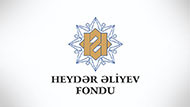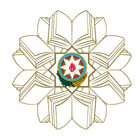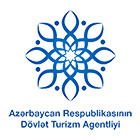Sericulture and traditional production of silk for weaving
In sericulture and the traditional production of silk for weaving, farmers care for the silkworms through their entire lifecycle, growing the mulberry trees that provide leaves upon which the worms feed and produce silkworm eggs. The fibres are reeled from the cocoons, spun into silk threads, cleaned and dyed. The threads are then used to create various types of craft products, including fabrics, carpets, rugs and curtains. Silk products are highly valued by all social and cultural classes, and people use them for special occasions such as weddings, funerals and family gatherings. Deeply rooted in the traditions of the Great Silk Road, the practice is an expression of cultural identity and centuries-old traditions. It is also viewed as a symbol of social cohesion, as the silk trade contributed to the exchange of culture and science within and across the countries concerned.
At the 17th session of the Intergovernmental Committee for the Safeguarding of the Intangible Cultural Heritage which took place in Rabat, Kingdom of Morocco, from November 28 – December 3, 2022, Sericulture and traditional production of silk for weaving was included on the Representative List of the Intangible Cultural Heritage of Humanity, Afghanistan, Azerbaijan, Iran, Türkiye, Tajikistan, Uzbekistan and Turkmenistan joined the nomination.
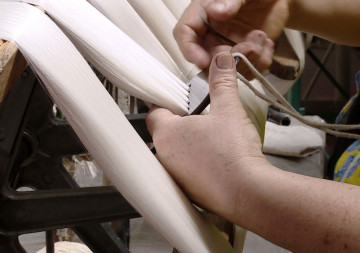
Silk thread spinning, Azerbaijan

Examples of silk threads, Azerbaijan

Weaving a carpet, Azerbaijan

A sericulture farmer preparing mulberry leaves to feed the silk worms, Iran

Sericulture farmer's family and neighbors gather together to clean the cocoons. They are sitting under a 'Talanbar' (traditional building for sericulture). The farmer provides foods and drinks for everybody, Iran
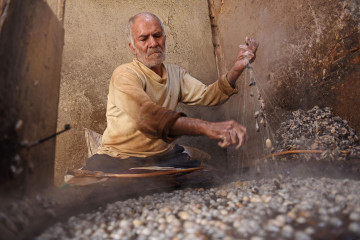
A silk producer is making silk threads in his workshop at his house, Iran

Women are cutting mulberry tree, Tajikistan
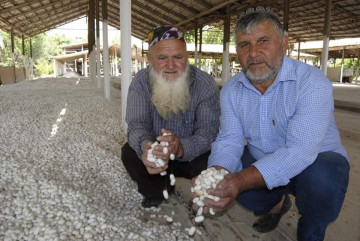
Men are collecting cocoons, Tajikistan
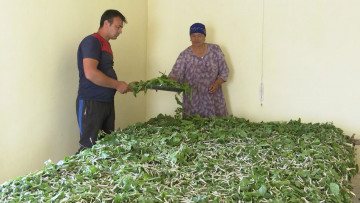
Silkworm breeders are feeding the silkworms, Tajikistan

Cocoons, Turkey

Hasan Büyükaşik (Living Human Treasure) silk floss making, Turkey

Aslı Üstün (Master Trainer) silk weaving with treadle loom, Turkey

The process of feeding the silkworm by agricultural students, Turkmenistan

Silk weaving process in Turkmenistan
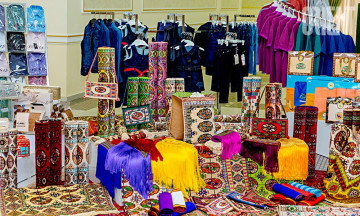
Silk weaving process in Turkmenistan
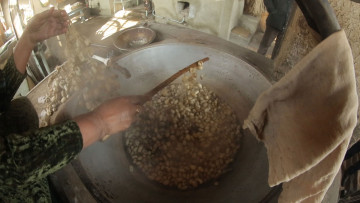
The process of boiling cocoons of the silk worms, Uzbekistan

The process of producing silk by hand from silkworm Okhunova Inobatkhon, (Marghilan, Uzbekistan)

Getting silk using wooden spinning wheel. Sabokhon Yusupova, (Marghilan, Uzbekistan)

Close up of loom in Hamid's workshop

Close up of loom in Hamid's workshop
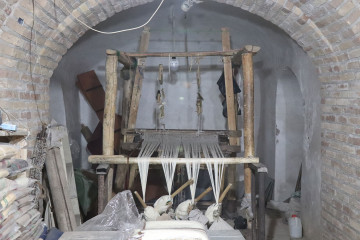
General view of the loom in Hamid's workshop

Close up of loom in Hamid's workshop




